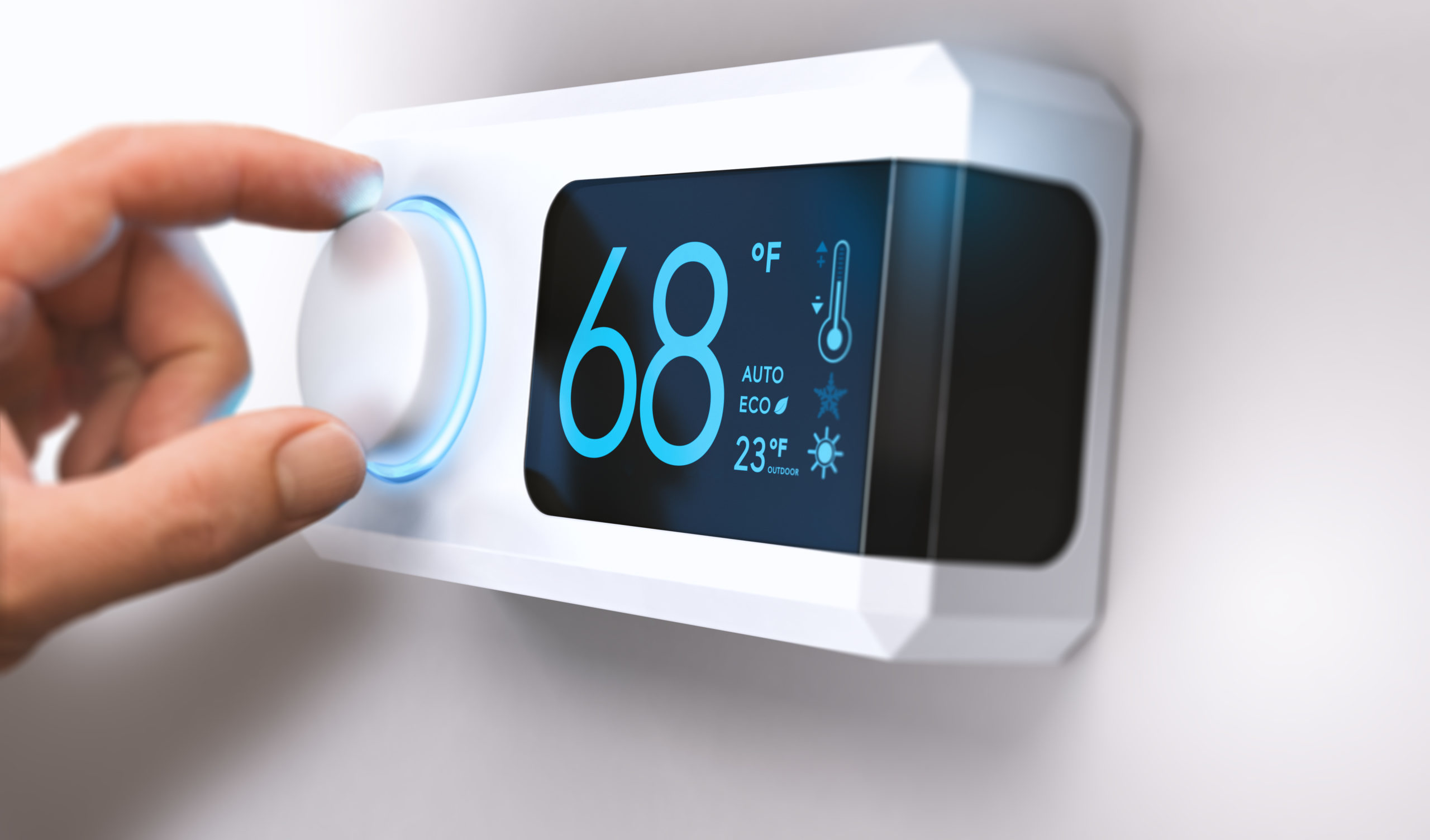
Key takeaways
-
The U.S. Department of Energy and Internal Revenue Service provide information, and sometimes tax credits, for updating your home.
-
To transform your home into an energy efficient property, use a holistic approach that considers the local climate, the home’s structure, exposure to daylight and alternative energy sources.
-
You can fund home energy efficiency improvements by tapping into your home’s equity through a HEA.
Rising utility costs have left homeowners searching for ways to increase their home’s value and reduce expenses.
In uncertain economic times, a home improvement strategy may seem impractical. Improving energy efficiency, though, can address both goals, increasing your home’s future value and decreasing your current utility expenses.
A home equity agreement (HEA) makes funding home energy efficiency improvements easier and more affordable than ever.
The Benefits of Updating Your Home
Inflation has caused the cost of living to skyrocket. The rising prices of everything from groceries to energy combined with stagnant wages have affected consumers dramatically.
These rising expenses have not spared homeowners, who are paying more for natural gas, electricity, and other utilities.

In a time when life is more expensive, updating your home may seem daunting. Improving your home’s energy efficiency, however, is an investment that will reduce your utility costs, and make your home more durable and comfortable. Homebuyers in the market have become more environmentally conscious, too. You can make your home more appealing to prospective buyers by installing energy-efficient upgrades that many buyers now want and even expect.
Improving home energy efficiency: the first steps

First, get your home’s energy score from a reputable assessor. This home energy score is a number on a scale from 1 to 10. The higher the number, the more energy-efficient the home is. A report will show you your home’s current energy efficiency and provide recommendations for improvement. The report will also provide estimated savings from implementing those improvements.
Factors that go into your score include:
-
Ceilings and roof
-
Attics, foundations, crawlspaces
-
Vents and ductwork
-
Exterior walls
-
Garage and/or cellar floors
-
HVAC systems and thermostat
-
Doors and windows
-
Water heater
Your score report can also serve as a guide for determining which home improvements have the greatest change of improving your home’s value.
Strategies to Improve Home Energy Efficiency
The U.S. Department of Energy offers programs and guidance for homeowners beginning to implement home efficiency renovations. Reviewing this information can guide you on your choices.
A whole house systems approach considers all variables and interactions affecting home energy use. Such variables include where the home is located, the local climate, and internal factors such as:
-
Current appliances and electronics
-
Insulation and air sealing
-
Lighting and daylighting
-
Space heating and cooling
-
Water heating
-
Windows, doors, and skylights
Alternatively, you may consider an Ultra-Efficient Home strategy. This combines advanced energy-efficient construction, appliances and lighting with readily available renewable energy processes. For example, the home may rely on solar and/or geothermal electricity and water heating, combined with landscaping strategies.
This method first reduces your home’s energy consumption cost before implementing renewable, self-sustaining energy sources.
Renovations to Pursue
Once you’ve obtained a home energy score and determined a strategy, it’s time to determine which renovations will most improve your home’s energy efficiency and value most.
Sought-after features include triple-pane insulating glass windows, air-sealed insulation in attics and crawl spaces, and improved appliances.
For a more advanced upgrade, you may consider installing home automation or smart-home technology. Home automation systems include web-enabled controls that monitor energy consumption and reduce usage during peak hours.
Larger-scale improvements include installing solar panels, a solar water heater and an updated electrical system.
While the total cost of your renovations will vary by your choices, estimates range from a few thousand dollars to as much as $45,000 or more.
Funding Energy-Efficiency Improvements: Using a HEA
As a homeowner, the greatest asset you possess is likely your home. If you’re like most homeowners, you financed your purchase through a mortgage. As you pay down the mortgage, you build equity in your home. A home equity agreement (HEA) allows you to use that equity to obtain financing.
With a HEA, you get cash now in return for a percentage of your home’s future value. Unlike a loan, a HEA requires no monthly payments and carries no interest. You get cash now and the HEA provider receives a percentage of the proceeds when you sell your home at a later date. You can terminate the agreement at any time, by either selling your property or buying out the HEA provider’s interest in your home.
The blog articles published by Unlock Technologies are available for general informational purposes only. They are not legal or financial advice, and should not be used as a substitute for legal or financial advice from a licensed attorney, tax, or financial professional. Unlock does not endorse and is not responsible for any content, links, privacy policy, or security policy of any linked third-party websites.”


